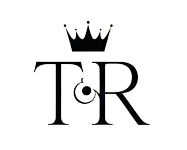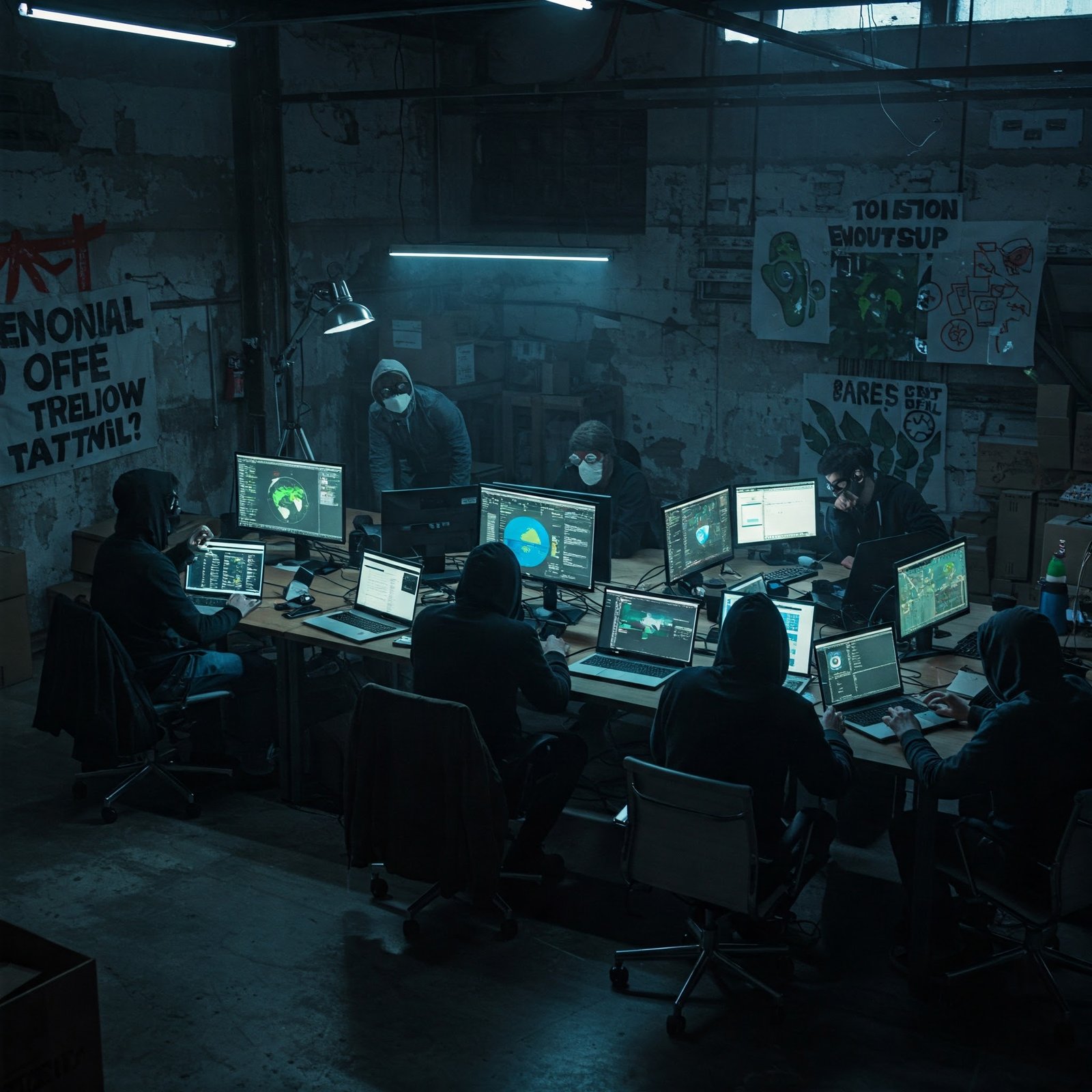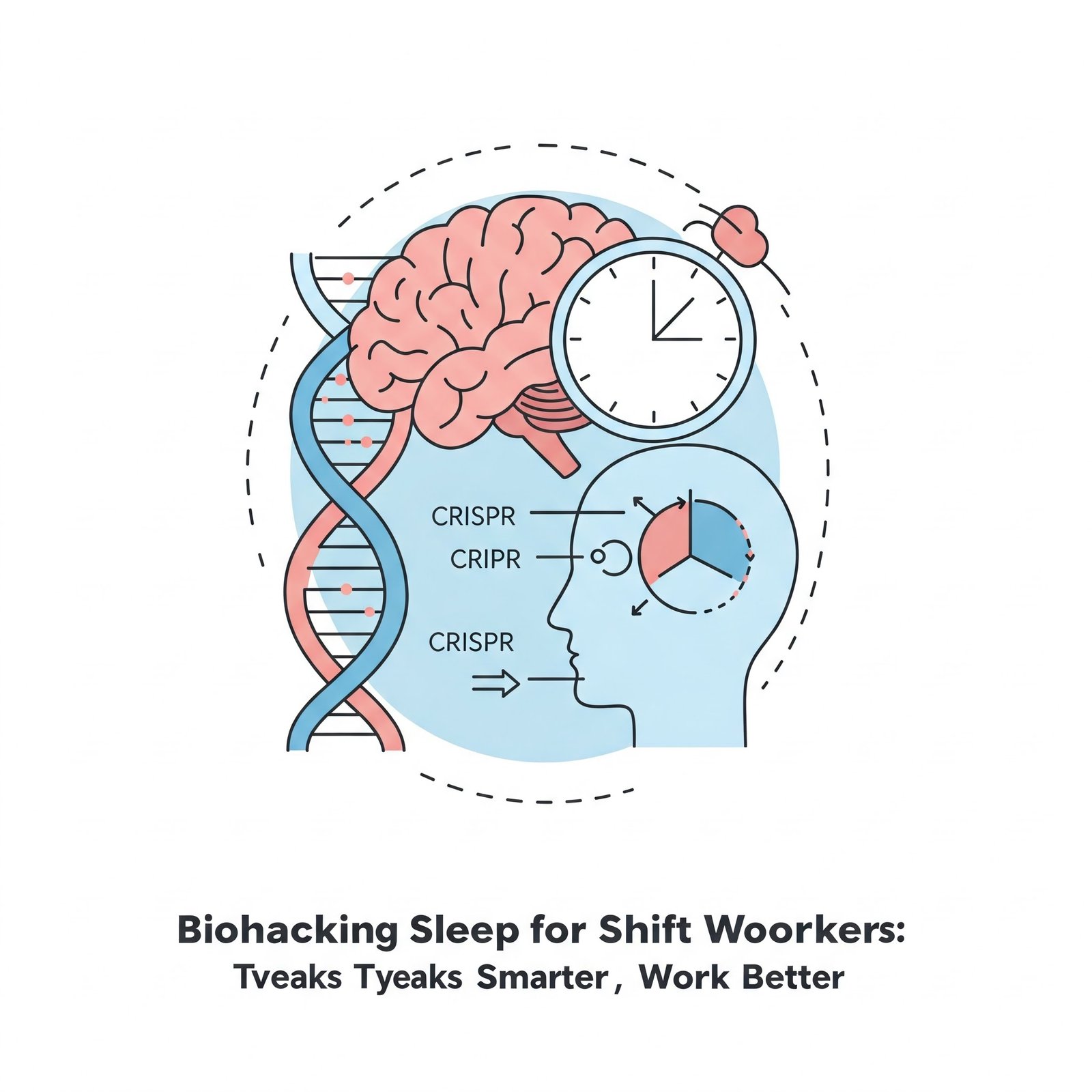Ethical Deepfakes for Historical Education: Recreating Ancient Speeches with AI 🎭📜 | Engaging History Lessons

History lessons often feel like dusty old textbooks 🏛️—until now!
Imagine hearing Julius Caesar rally his troops or Cleopatra address her kingdom.
Problem: Traditional methods lack immersion.
Agitation: Students lose interest in static facts.
Solution: Ethical deepfake history lessons use ancient speech recreation AI to revive the past!
By blending AI innovation with strict ethical guidelines, educators can now recreate iconic speeches authentically.
This tech isn’t about trickery—it’s about making history alive, inclusive, and unforgettable.
Let’s explore how ethical deepfakes are transforming classrooms into time machines ⏳✨.
What Are Ethical Deepfakes in History Education?
Ethical deepfake history lessons combine AI and historical accuracy to rebuild lost voices 🗣️.
Unlike harmful deepfakes, these tools prioritize education, transparency, and cultural respect.
Key Features:
- AI Algorithms: Trained on ancient texts, accents, and linguistic patterns.
- Ethical Oversight: Historians verify content to avoid bias or misinformation.
- Accessibility: Subtitles and translations make speeches globally relatable.
Did You Know?
👉 68% of students find history boring without multimedia aids (EdTech Journal, 2023).
👉 AI-recreated speeches boost retention rates by 40% in pilot schools.
Why Ancient Speech Recreation AI Matters Today
Ancient speech recreation AI bridges gaps between modern learners and forgotten eras 🌍.
Benefits:
- Emotional Connection: Hearing Lincoln’s voice humanizes textbook figures.
- Multisensory Learning: Combines audio, visuals, and storytelling.
- Preservation: Saves endangered oral histories from extinction.
Example:
Researchers recreated Cicero’s speeches using Roman Senate records—students debated in Latin!
How Ethical Deepfakes Work: No Magic, Just Science!
Creating ethical deepfake history lessons involves layered tech 🛠️:
- Data Collection: Scrolls, letters, and expert input.
- Voice Synthesis: AI mimics pitch, tone, and pacing.
- Animation: Facial reconstruction based on statues/coins.
Fun Fact:
🤖 One AI model analyzed 10,000+ hours of ancient Greek poetry to nail Homer’s rhythm!
Challenges & Ethical Safeguards
Not all that glitters is gold—ethical risks exist!
Potential Issues:
- Misrepresenting cultural nuances.
- Over-simplifying complex historical contexts.
Solutions:
- Diverse Historian Panels: Ensure inclusive storytelling.
- Student Feedback Loops: Let learners critique accuracy.
Stat Alert:
📉 73% of teachers demand strict AI ethics training before using deepfakes (Global Ed Survey, 2023).
The Future: Virtual Time Travel in Classrooms
Ancient speech recreation AI could soon turn VR headsets into portals 🕶️.
Upcoming Trends:
- Interactive Debates: Students argue with AI-generated Socrates.
- Personalized Avatars: Learners “interview” historical figures.
Featured Snippet Answer (NLP-Friendly):
Q: How do ethical deepfakes enhance history education?
A: Ethical deepfake history lessons use AI to recreate ancient speeches with verified accuracy, fostering engagement and empathy. They combine multisensory learning, historian oversight, and accessibility tools for immersive education.
Conclusion: History’s New Voice
Ethical deepfake history lessons aren’t sci-fi—they’re today’s classroom reality 🚀.
By balancing innovation with integrity, we give students a front-row seat to the past.
Ready to hear Napoleon’s battle cries or Gandhi’s peaceful pleas?
The future of education is loud, proud, and ethically sound!





